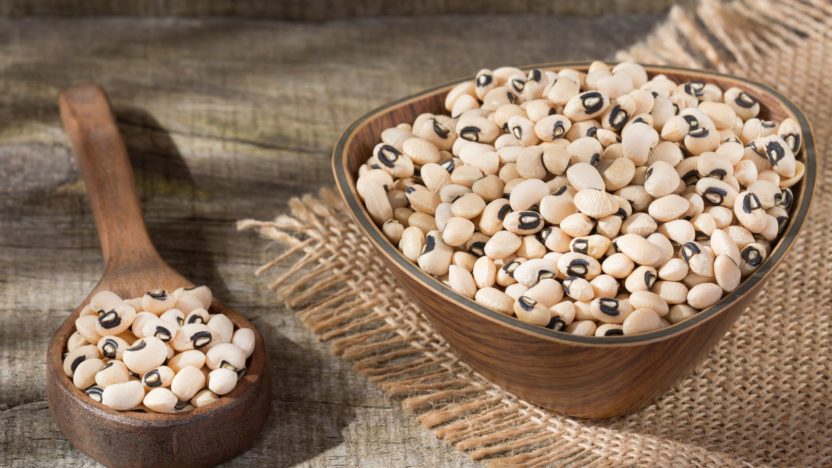 PAT
Toscana
PAT
Toscana
Eagle Bean
The Eagle Bean is a Traditional Agricultural Product (PAT) on the national list approved by the Ministry of Agriculture And Forestry, whose requirements are regulated by the production discipline of the Tuscany Region.
Features
The eagle bean is a vigorous climbing creeper with green pod, stocky, rather wrinkled hence the name Lupinaro.
The seed is white with a dark spot in the shape of an eagle at the ilo; it is quite large, about 2 x 3 cm, has oval shape and is slightly crushed.
Of great quality from an sensory point of view can be consumed both as fresh legume (given the absence of wire) and as a grainy bean.
Cultivation
The sowing is carried out after normal soil preparation operations (ploughing, herpiping, fertilization).
Generally it is sown very dense and then carried out a manual inrado.
The sixth plant is about 40 cm on the row, and 1.5 meters between the rows.
Defence interventions are rarely carried out.
Irrigations are carried out regularly without exceeding the amounts administered (about 1 time a week).
The collection is done by hand and 6 to 8 steps are required to complete it.
A first harvest for the consumption of the entire pod begins when the seeds begin to be enlarged inside the legume and continues for a long time until the beans are too large and the legume is grained, fresh or dry, and used as such.
The yield is quite low.
The eagle bean, of unknown origin, was cultivated from time immemorial in the Plain of Lucca and in the area of Lupinaia, municipality of Fosciandora, in fresh soils, of medium dough tending to the sandy.
Cultivation has been virtually abandoned for years due to low productivity.
The peculiarity of the Eagle Bean is precisely that of being able to be used in the two ways, whole pod or grainy, maintaining characteristics of absolute excellence in both cases.
This bean is good in all typical uses both boiled and toned with extra virgin olive oil, both stewed with tomato. A traditional dish, although little known, is represented by the so-called “drowned mice” in which the beans are boiled then they are removed from their water in which the bread is soaked; at the same time you make a sauté with tomato and lard and finally combine everything: beans, bread, sauté and it is difyed with oil and salt.


